Yoga originated over 4,000 years ago as a spiritual practice. Over time, however, health and wellness experts have found that there are many physical benefits as well. Now, yoga is as much of physical practice as it is a spiritual one.
While yoga is not a substitute for traditional healthcare, as a compliment, it can help ease symptoms associated with a variety of health problems. According to the National Center for Complementary and Integrative Health (NCCIH), people are increasingly using yoga to relieve pain, anxiety, stress, and to improve their overall health.
So what are the health problems that yoga can help with? Put together by a Portland yoga studio, let’s take a look at 10 health conditions that researchers show yoga can ease.
10 Health Problems Eased by Yoga
1. Chronic Stress:

Practicing yoga may be helpful in relieving chronic stress. A regular yoga practice can reduce your stress response and provide options for self-soothing and better management of stress.
2. Anxiety:

A study in the Journal of Preventative Medicine shows that yoga can help reduce the symptoms of anxiety. When used alongside other treatment methods, it is helpful in reducing anxiety and helping patients manage their symptoms.
3. Heart Health:
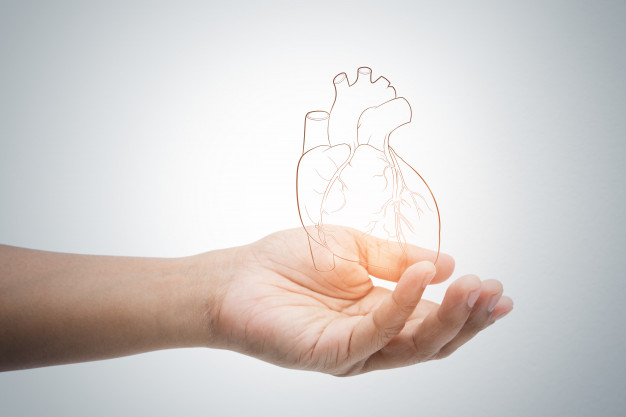
Practicing yoga has been shown in studies to reduce the risk of heart disease. When practiced as part of an overall healthy lifestyle, yoga can be used to improve heart health and reduce the risk of dangerous diseases.
4. Brain Health:
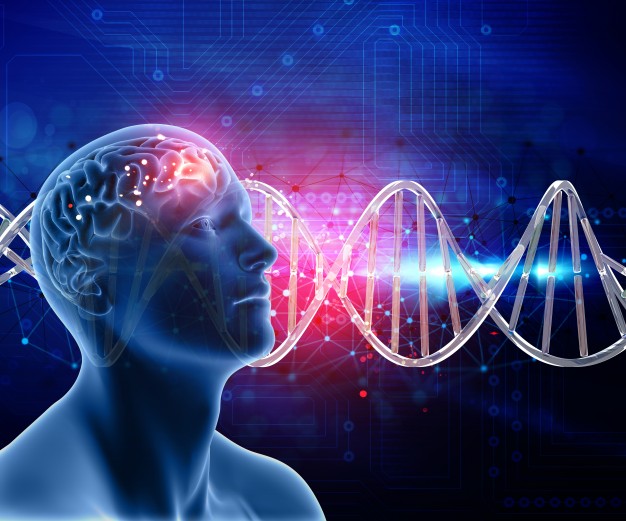
Practicing yoga could be beneficial in improving brain health. Researchers report that people who practiced yoga for 14 years had thicker brain tissue in the areas responsible for memory and attention than their peers.
5. Chronic Back Pain:

People who suffer from chronic back pain may find some relief through a regular yoga practice. Research shows that yoga can reduce back pain and improve mental health in people with chronic pain. Researchers note that yoga and other stretching exercises are both beneficial in this way.
6. Improve Balance:

Yoga is a great way to improve balance. This is important, especially for older adults. Some studies suggest that a regular yoga practice can reduce the risk of falls in older adults. This is a promising option for older adults to get low-impact and meaningful exercise.
7. Thyroid Function:
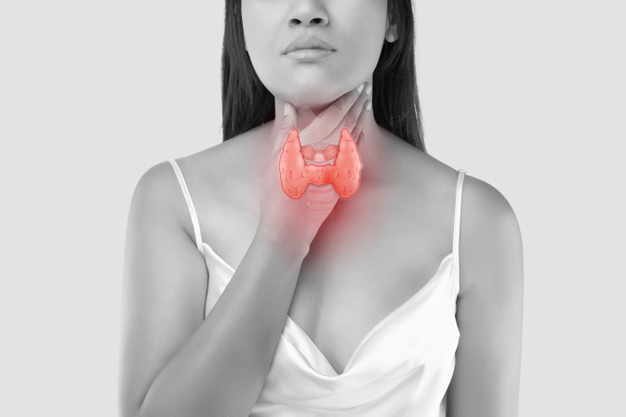
Research in Medical News Today suggests that stress can lead to improper thyroid function. Fortunately, practicing yoga can reduce stress, which in turn, helps improve thyroid function. Research is ongoing, but studies suggest yoga could potentially help ease medical conditions like hypo-and hyperthyroidism.
8. Diabetes:
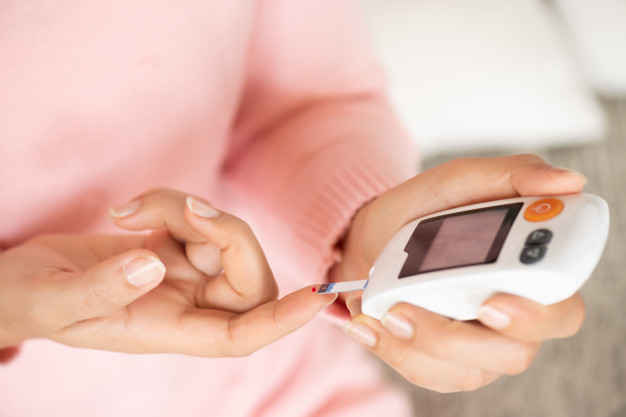
Research in the Journal of Clinical and Diagnostic Research shows that a regular yoga practice can reduce blood glucose (blood sugar) levels. For people with Type 2 diabetes, not only could they lower their glucose levels naturally, but they also may be slowing down progression of the disease.
9. Atrial Fibrillation:

Atrial fibrillation is a heart condition where the upper chambers of the heart don’t contract as they should. This can cause symptoms like dizziness, palpitations, and shortness of breath. It also increases the risk of heart failure. Research shows, however, that practicing yoga at least twice weekly can improve symptoms. When added as part of a regular treatment plan, yoga can help improve heart function and manage stress.
10. Boost Immune System:
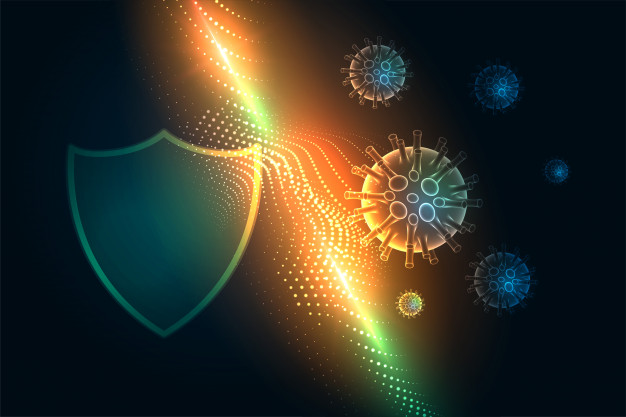
Health conditions related to chronic stress account for 60 to 80 percent of all visits to primary care doctors. Several studies now show that practicing yoga can reduce stress, and as a result, also reduce the symptoms caused by it. Chronic stress and illness weaken the immune system, but a regular yoga practice could be the key to naturally averting some of these illnesses.
As you can see, there are many benefits to practicing yoga. The next time you talk to your doctor, ask him or her about the possible benefits of adding yoga to your treatment plan.
Is Yoga Enough Exercise?
Yoga can be enough of an exercise, especially if you’re looking to improve flexibility, balance, and strength.
In fact, if you do it right, it helps build core muscles and tones the body while promoting relaxation.
But if you have intense cardio or muscle-building goals, it might not be enough. In that case, coupling yoga with other cardio or muscle building exercises is the best way to go.
Is 10 Minutes of Yoga Good?
First, you must understand that building a yoga routine takes time. Therefore, you should begin with a ten-minute routine.
So, yes, even if you only have 10 minutes, yoga can help you feel better, more flexible, and less stressed. It’s perfect for a midday break or to start your day on the right foot. Regular work in small doses adds up to big improvement.
Yoga After Delivery?
Yes, you can…. but….not right away!
On the safe side we recommend waiting at least a few weeks after delivery to start yoga but it depends on the recovery. Post delivery yoga should focus on breathing & stretching lightly. Do not try to move your body too much! Yes, you won’t be too flexible at that time (even if you do yoga beforehand). It is normal!
Note: Please consult your doctor if your body is ready for physical activity & then only get back to regular yoga.
What Yoga is Appropriate When Pregnant?
Prenatal yoga is a type of yoga class that is specifically designed for pregnant women. Prenatal yoga classes are usually gentle and focus on breathing and relaxation techniques.
If you’re pregnant, use our prenatal directory to find a prenatal yoga, then drop into a class.
Finally: Can Yoga Help with Anxiety?
Yes, yoga is great for anxiety!
Yoga uses conscious breathing and movement to induce relaxation and calm the mind.
Over time, this practice lowers stress hormones—making it an effective natural treatment for anxiety disorders. But both yoga and other forms of treatment are needed for optimal mental health benefits.
However, over time, you must build consistency. You cannot do yoga occasionally for a month and expect a change. If you want to see some difference, whether physical or mental, you will have to keep going.
Read Also:






















